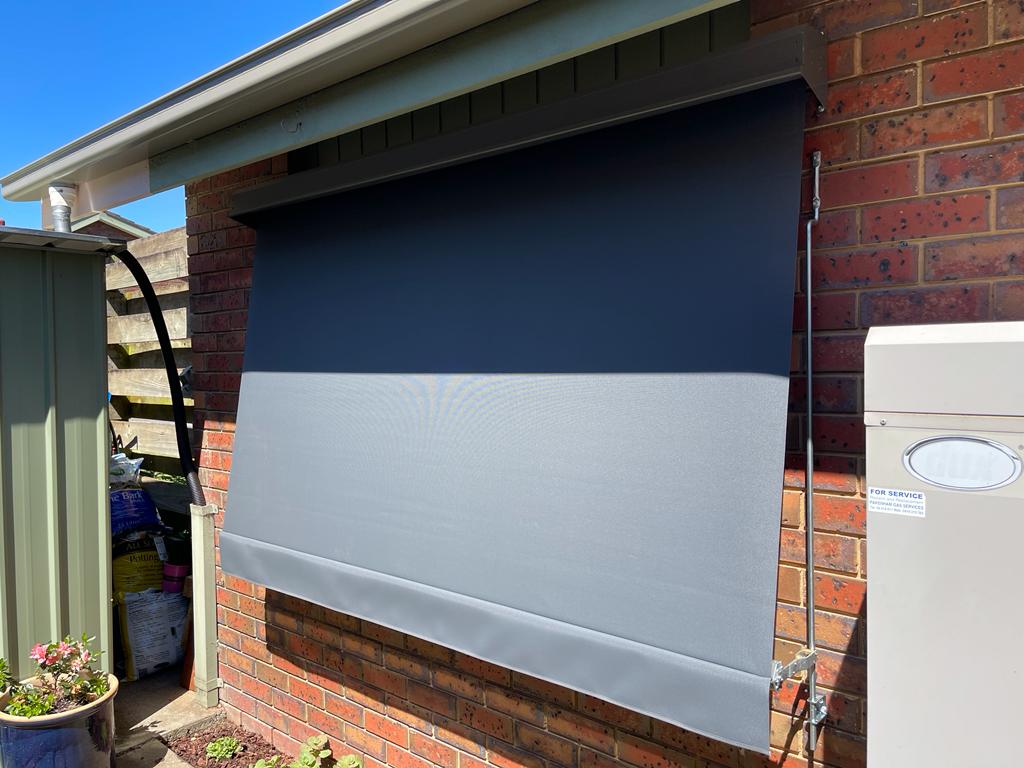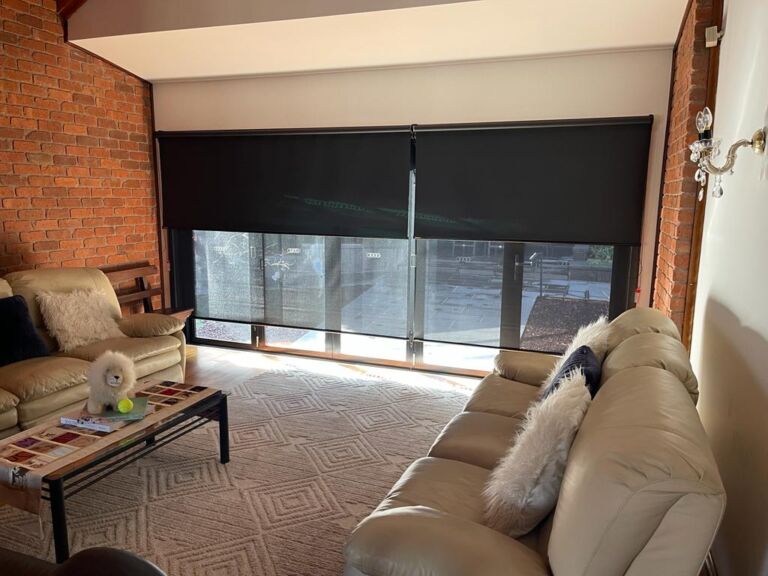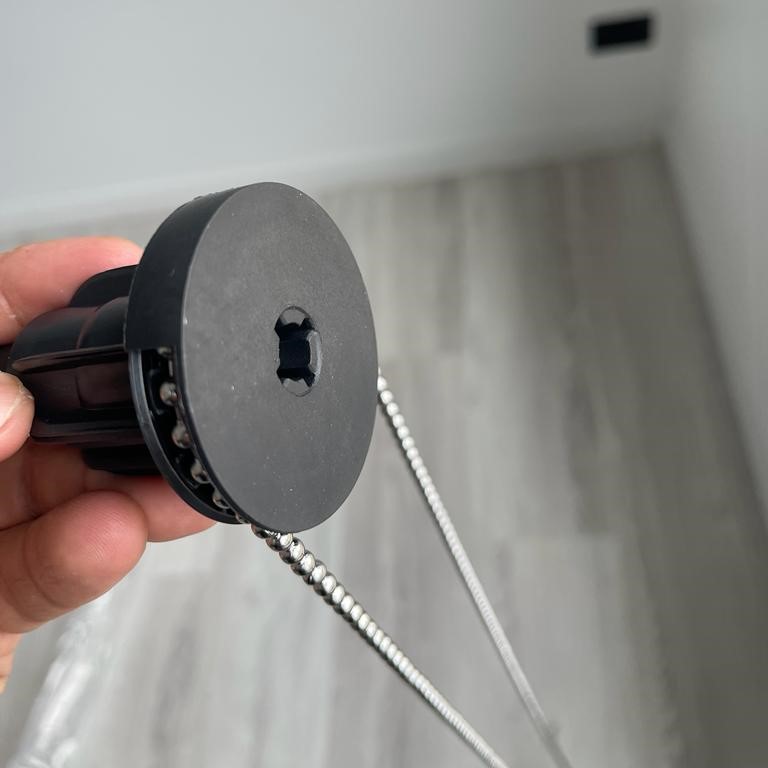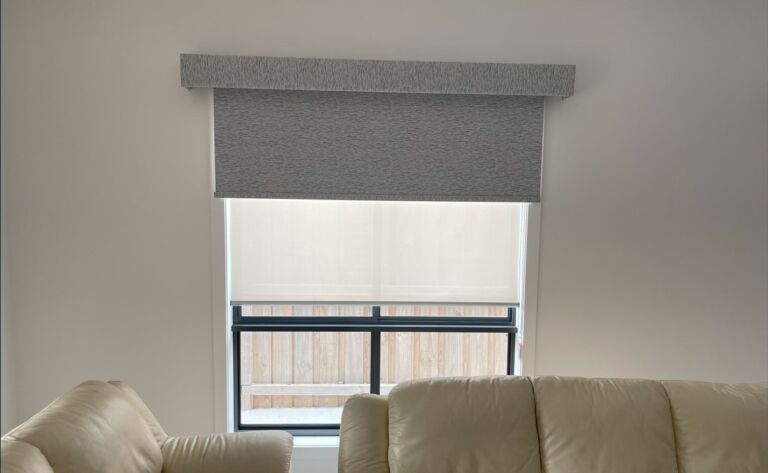Do you want to hype up your outdoor decor game? Outdoor blinds are the right choice for you! They take your outdoor aesthetics to a whole new level along with providing privacy and functionality. However, one of the major issues is that they blow with the wind, which gets inconvenient and annoying for most users. If the winds are strong, the blinds tend to twist around themselves losing their functionality and purpose.
It is best to refer to an experienced blinds and curtains company to deal with this matter. Brighter Blinds And Doors has an extensive team of experts that can help you deal with all blinds related problems.
Select the Appropriate Outdoor Blind Type
Choosing the appropriate kind of outdoor blind is the first step. Different types of blinds have variable resistance to wind.
- Roller blinds: Roller Blinds work well in most situations with moderate wind. When not in use, you can tie them firmly by rolling up into a case.
- Ziptrack Blinds: These blinds are very efficient against wind because of their innovative track system. It keeps the blind firmly in place.
- Panel Glides: These blinds work well for wider openings and you can secure them at the bottom to keep out wind.
Make sure the blinds you select can handle the winds in your area. Pay due attention to the type, material and shape.
Attach Ties And Anchors
Using anchors and ties is a good approach to stop outdoor blinds from blowing in the wind.
- Bottom Bars: A bottom bar that can be anchored is a common feature of outdoor blinds. To prevent the blinds from flapping, make sure the bar is weighted appropriately and installed correctly.
- Tie-Downs: To fasten the blinds to the ground or other buildings, use tie-downs. Those blinds that are regularly exposed to high winds may find these very helpful.
- Sandbags or Weights: You can also stabilise the blinds by placing sandbags or other kinds of weights at their base. Make sure these are firmly in place and won’t be readily moved by powerful winds.
Use Screens and Windbreaks
You can protect your blinds from direct wind exposure by adding a windbreak or screen.
- Windbreaks: It lessens the force and speed of the wind that hits your blinds. You can do this by using fences, planting bushes, or considering other landscaping elements.
- Mesh Screens: You might want to install a mesh screen in front of your blinds for extra security. This can reduce the flapping impact by dispersing the wind before it reaches the blinds.
Correct Setup
The effectiveness of outdoor blinds depends on proper installation. Make sure the blinds are placed in accordance with the guidelines provided by the manufacturer.
- Securing Hardware: Ensure that the hardware and brackets are firmly fixed to strong surfaces. Make sure the blinds are sturdy enough to withstand wind pressure if they are mounted on a wall.
- Appropriate Alignment: To avoid gaps or uneven flapping, the blinds must be properly positioned within their tracks. It’s better to ask a professional if you have any doubts regarding the installation procedure to make sure everything is set up correctly.
Consistent Upkeep
Your outdoor blinds will function better against the wind if you keep them in good shape.
- Examine any damage: Check your blinds frequently for any wear or damage. Small problems like tears or loose parts can cause further problems.
- Lubricate the Tracks: If the blinds include moving parts, lubricate them well. It will help prevent any resistance or twisting of the blinds.
Modify the Blinds as Necessary
You can also modify the blinds according to your requirements.
- Adjust Tension: A lot of outdoor blinds come with tension adjustments. Adjusting these settings to your preference might help maintain the blinds position.
- Consider Repositioning: Think about moving the blinds or changing their settings if the wind changes.
Consider Automatic Systems and Wind Sensors
You must invest on automated systems and wind sensors for high-tech solutions.
- Wind Sensors: When wind conditions surpass a predetermined threshold, these devices can automatically retract or modify the blinds based on the speed of the wind.
- Automated Retraction Systems: In order to prevent damage, several contemporary outdoor blinds have automated retract systems that draw the blinds in during strong wind.
Seek Professional Advice
It is best to get help from an expert if you’ve tried the recommended solutions and your outside blinds are still blowing in the wind.
- Professional Guidance: Experts can offer customized solutions depending on your unique circumstances, such as suggesting upgraded blinds or adjustments.
- Services for Installation: If the installation was done incorrectly, a specialist can fix any problems and guarantee that your blinds are fastened against the wind.
Conclusion
You can improve your outdoor living area with outdoor blinds. However, managing wind-related problems requires proper materials, skillful installation, and regular maintenance. You can maintain your outdoor blinds, even on windy days, by selecting the appropriate kind of blinds, and using anchors and ties. You can also consider adding windbreaks, making sure the installation is done correctly. To make sure your blinds are operating perfectly, refer to some professional help. Brighter Blinds And Doors have a highly skilled team of experts that can help you with all your blinds related issues.




